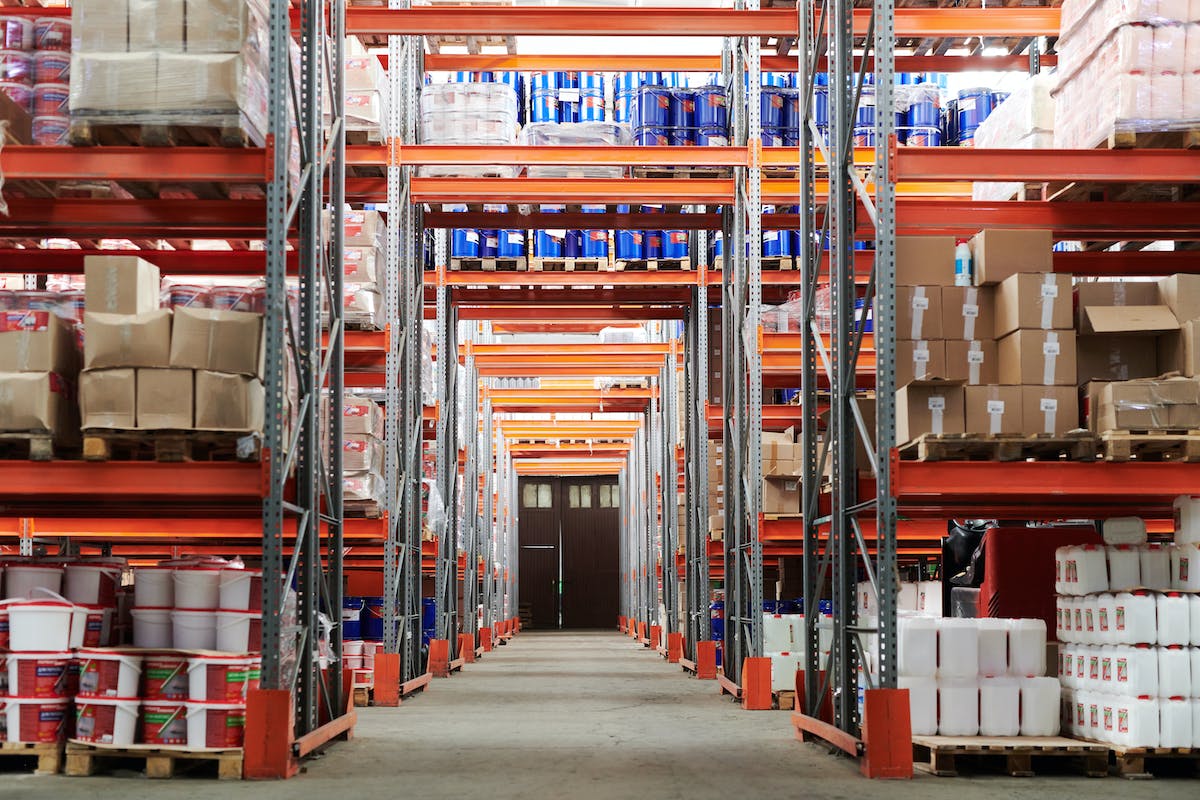
5 Innovative Ways to Upgrade Traditional Warehouse Operations

Warehouse Management Systems automate processes, optimize inventory levels, reduce errors, and increase productivity.- Implementing renewable energy in material handling, lighting, computer systems, and building design reduces carbon footprint.
- Barcode scanning technology improves accuracy in product picking, packing, and shipping, reducing errors significantly.
- Autonomous Mobile Robots automate repetitive tasks, increasing efficiency and reducing employee injury risk.
- Augmented Reality provides real-time instructions and visual guides, enhancing training and creating an interactive work environment.
Warehouse operations have come a long way in recent years. Advancements in technology have allowed for more efficient and effective ways of managing inventory, shipping and receiving products, and fulfilling orders. Competitive countries like Singapore, the Netherlands, and Germany have become global leaders in warehouse operations due to their advanced technology and streamlined processes.
However, many warehouse operations are still rooted in traditional methods that can be slow and inefficient. Thankfully, many innovative ways to upgrade your warehouse operations will save time, reduce errors, and increase productivity. Whether you run a small warehouse or a large distribution center, these tips will improve your operations.

1. Implement a Warehouse Management System (WMS)
A WMS software application helps manage warehouse operations, including inventory management, order picking, and shipping. By implementing a WMS, you can automate many of your warehouse processes, which saves time, reduces errors, and increases productivity. It also provides real-time inventory tracking, so you know exactly how much of each product you have in stock at any given time. As a result, you can optimize your inventory levels and reduce waste.
2. Switch to Renewable Energy Sources
Warehouse operations can use significant energy, from lighting to powering equipment. Switching to renewable energy sources like solar or wind power can help reduce your warehouse’s carbon footprint and save on energy costs in the long run. Here are different areas of your warehouse where you can implement renewable energy sources:
Material Handling Equipment
Material handling equipment can consume a lot of energy, especially if they are powered by diesel or gasoline. Switching to electric-powered equipment can significantly benefit warehouse businesses. For example, although a fuel-powered forklift provides a lot of output for heavy operations, an electric stacker can save over 50% in fuel costs and has lower maintenance requirements. This switch can also reduce noise pollution and improve air quality in your warehouse.
Lighting
Lighting is essential to warehouse operations, as workers need adequate lighting to navigate and perform tasks safely. LED technology has become increasingly popular due to its energy efficiency and longer lifespan than traditional lighting options. Consider replacing your current lighting fixtures with LEDs to save on energy costs and reduce the frequency of replacements.
Computer Systems
Another area where renewable energy sources can be implemented is computer systems and servers. Switching to solar-powered systems or purchasing carbon offsets for your data center can significantly reduce the environmental impact of your warehouse operations. Some companies also offer green data center solutions that use renewable energy to power and cool servers.
Building Design
When constructing a new warehouse or renovating an existing one, consider implementing green building design strategies. This can include installing solar panels on the roof, using energy-efficient insulation materials, and incorporating natural lighting and ventilation systems. These efforts can greatly reduce energy consumption and create a more sustainable warehouse.

3. Use Barcode Scanning
One of the most significant advantages of barcode scanning technology is reducing picking, packing, and shipping errors. With barcode scanning, each product is assigned a unique barcode scanned at each stage of the warehouse process. This ensures that the right product is picked, packed, and shipped, reducing errors and improving accuracy. Even small warehouses can benefit from barcode scanning technology, as it is affordable and easy to implement.
4. Adopt Autonomous Mobile Robots (AMRs)
AMRs are an innovative way to improve warehouse operations by automating repetitive tasks such as picking and moving products. These robots are programmed to navigate the warehouse, avoiding obstacles and precisely picking products. Unlike human workers, they can also work around the clock, improving productivity. If your warehouse operations involve a lot of manual labor, investing in AMRs can greatly increase efficiency and reduce the risk of injury for your employees.
5. Use Augmented Reality (AR)
AR technology can create a more immersive and interactive experience for warehouse workers. AR technology can provide workers with real-time instructions, visual guides, and virtual simulations for product assembly and maintenance tasks. It also makes training new employees easier by providing an engaging and interactive environment. Many AR tools are cost-effective and easy to integrate with existing warehouse systems.
Upgrading your warehouse operations with innovative technology is essential for staying competitive in today’s market. By implementing a WMS, switching to renewable energy sources, using barcode scanning and AMRs, and adopting AR technology, you can greatly improve your warehouse operations and stay ahead of the competition. Continuously investing in new technology will ensure that your warehouse operations remain efficient and productive for years to come. So, don’t hesitate to explore new technological advancements and see how they can benefit your warehouse operations.
Leave a Reply
You must be logged in to post a comment.